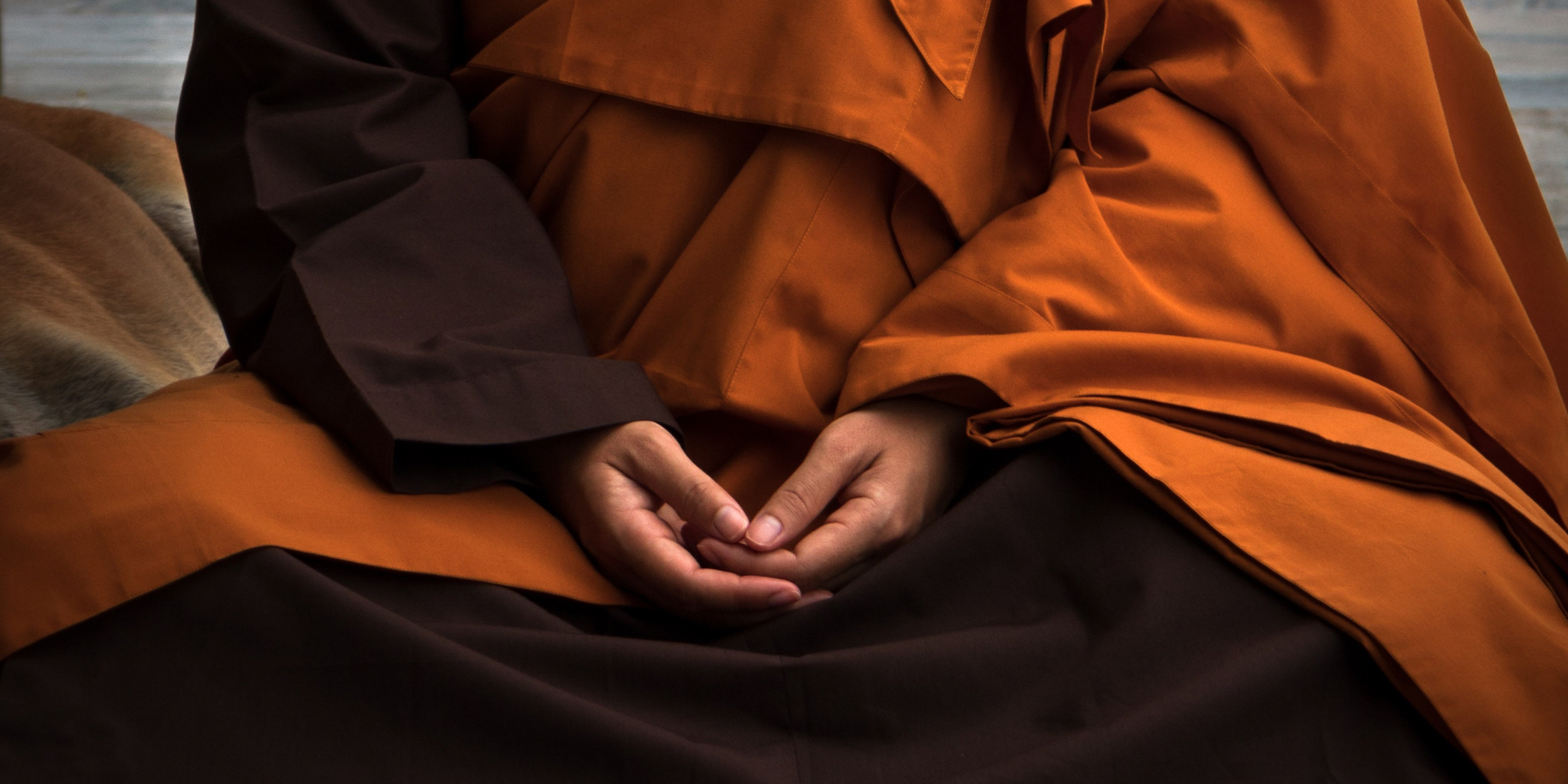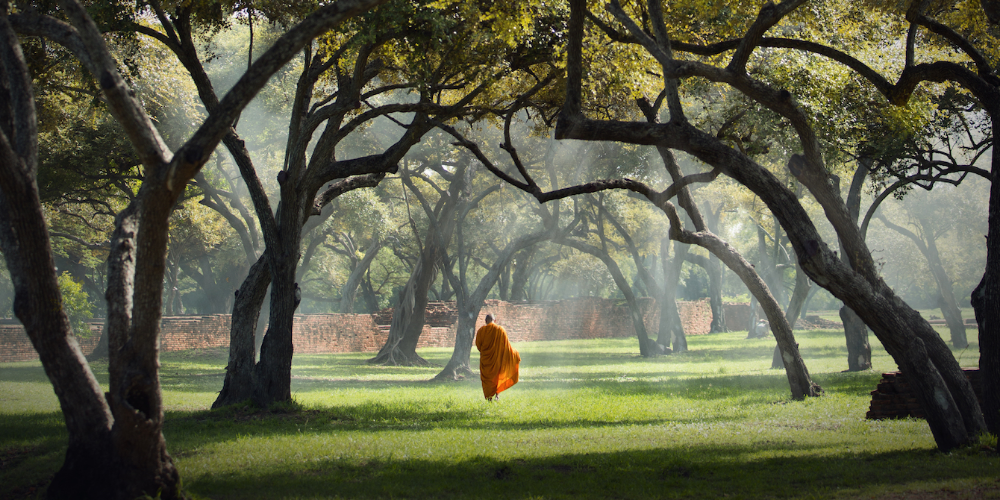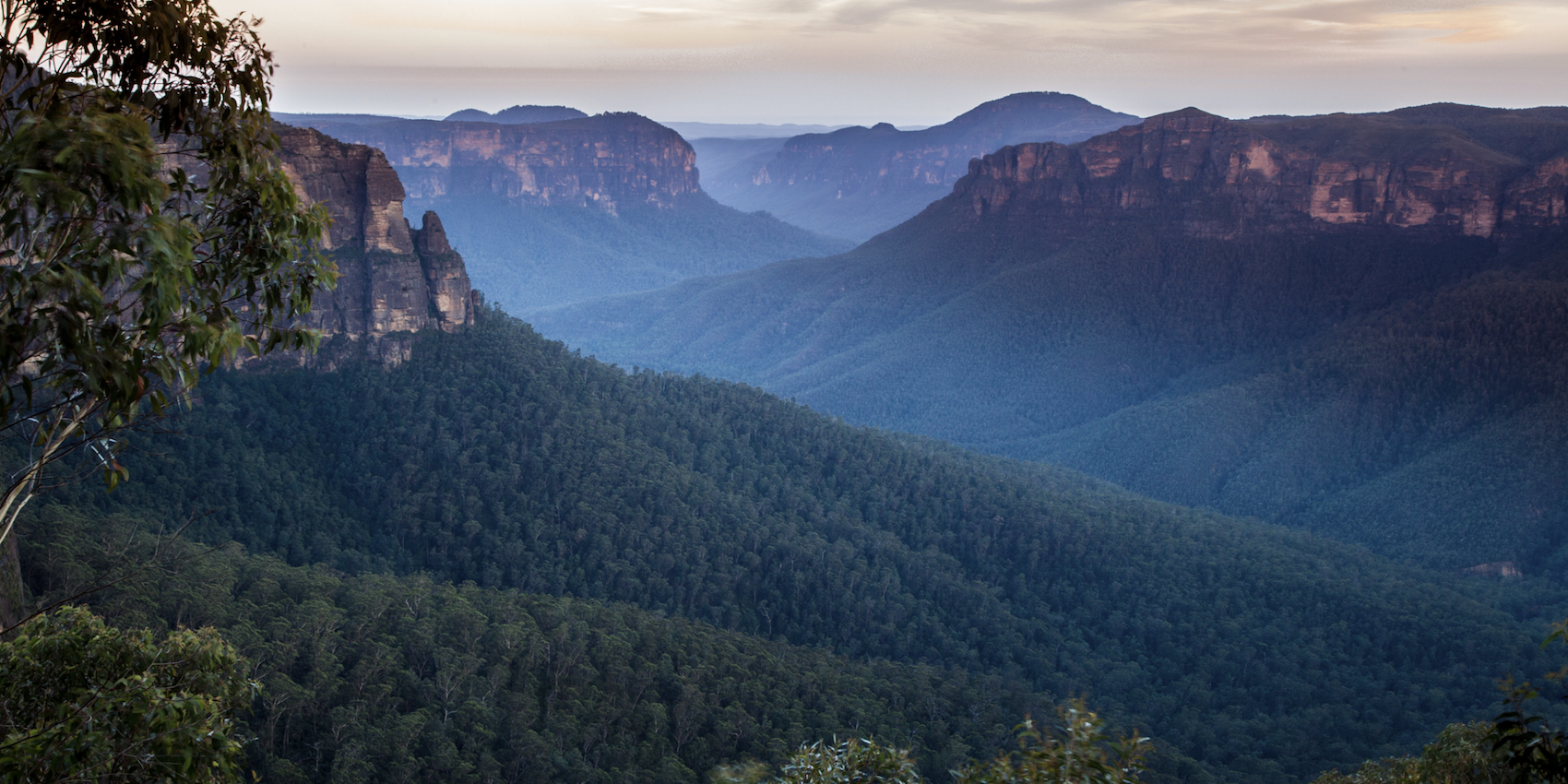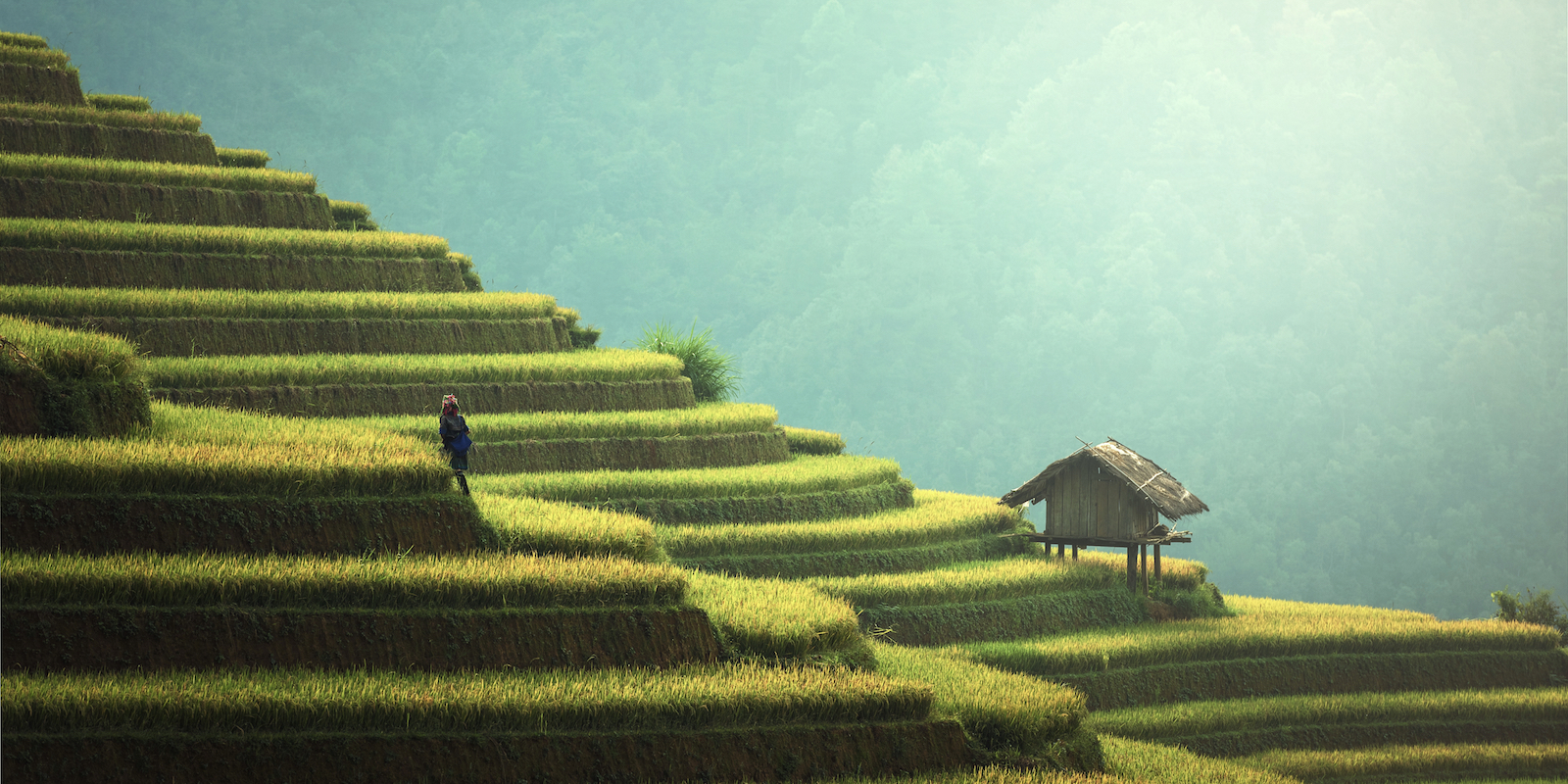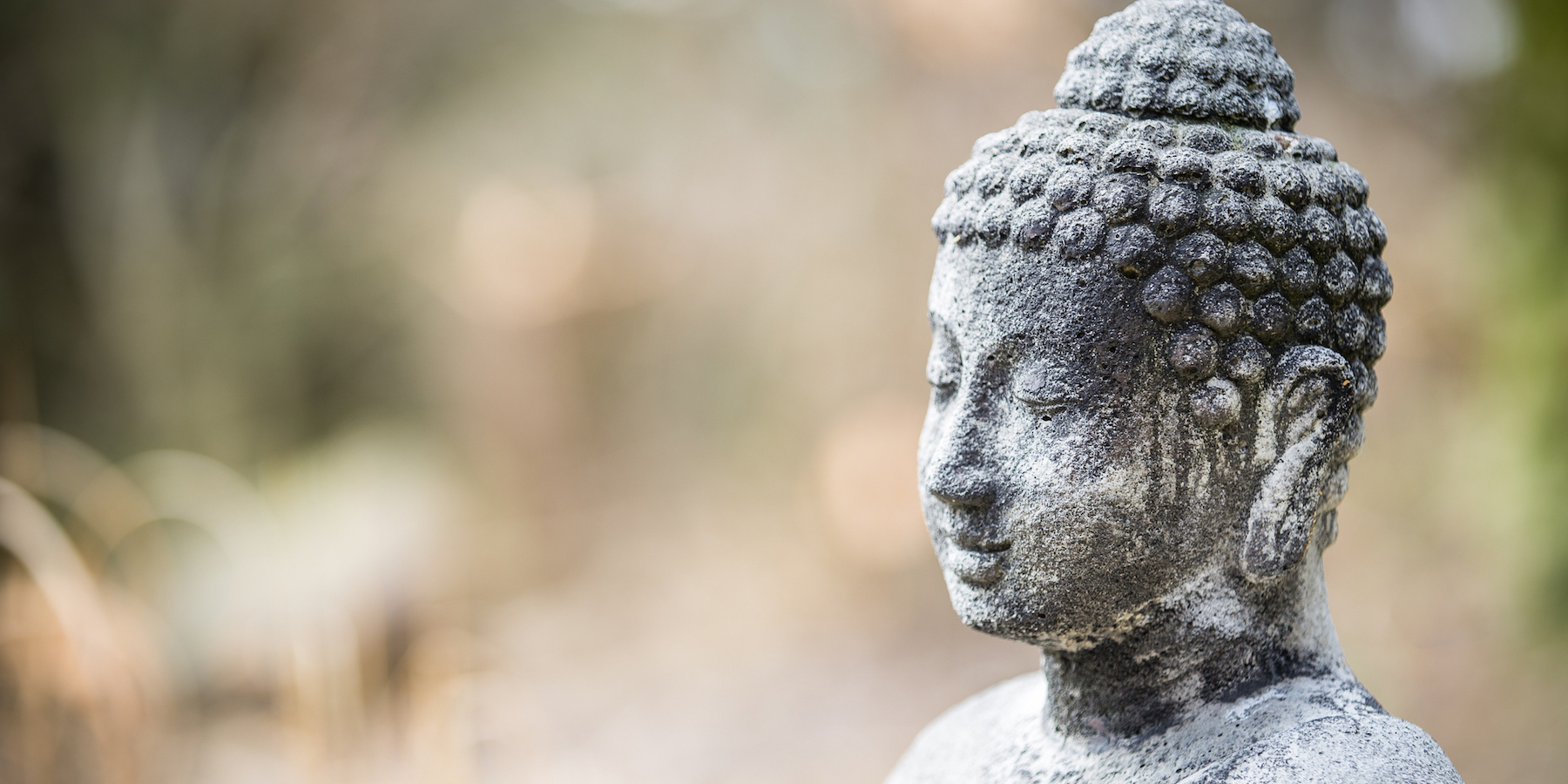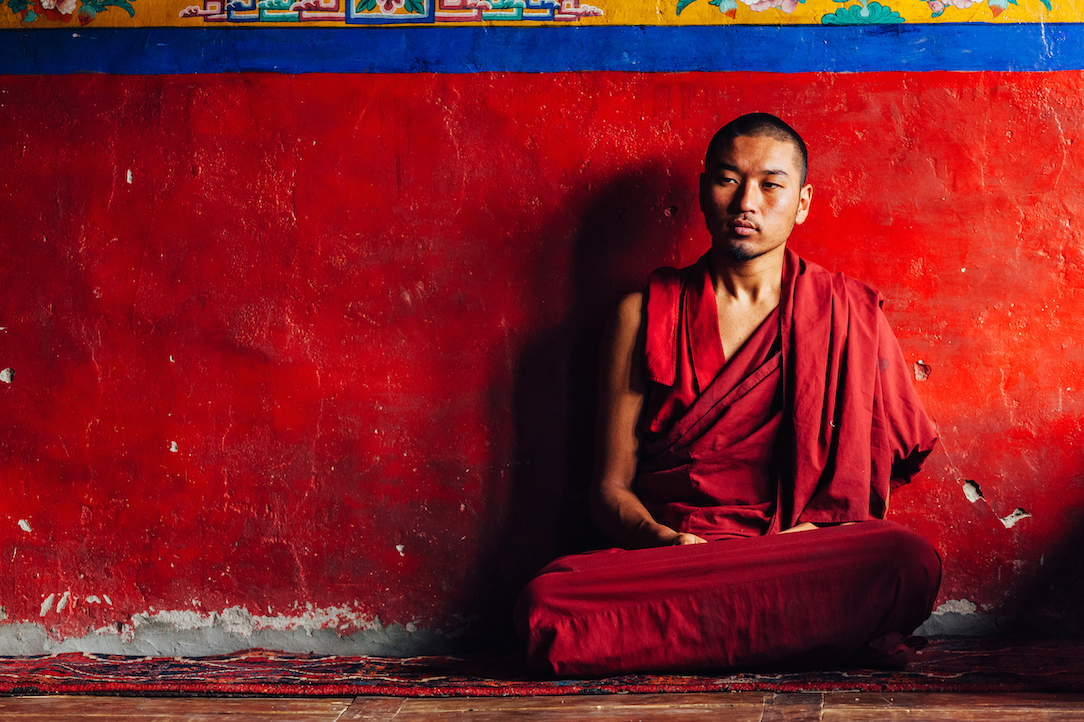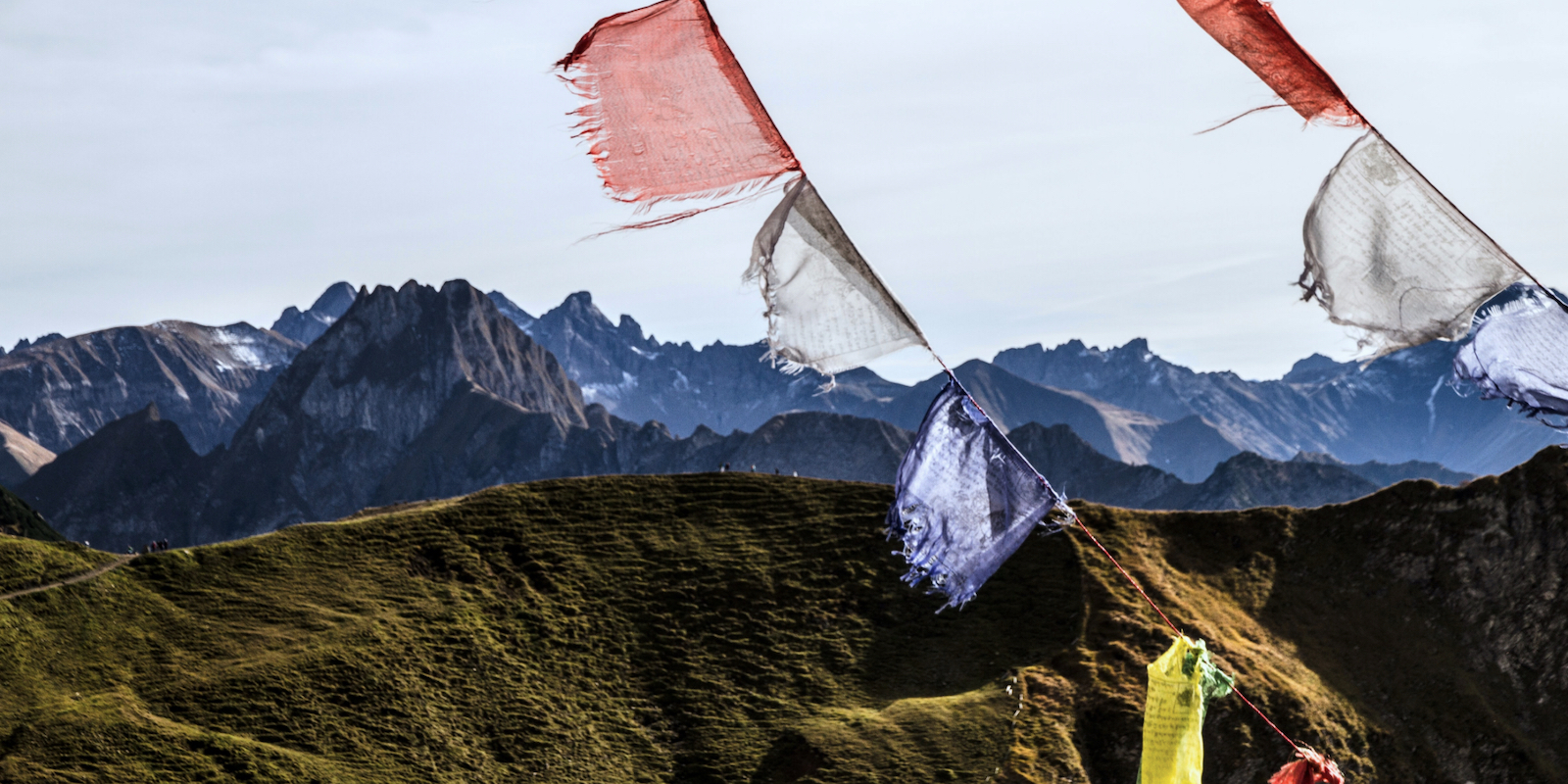This is the transcription of a talk uploaded on Insight Timer. Listen here.
There are fundamentally two ways of relating to silence and, by inference, to sound.
Both approaches find clear expression and are reflected in the responses to an audio talk I recently gave on Mushotoku, or no gaining mind. One person found the sounds to create disharmony and felt them as a disruption and big distraction. They said
“This is good content, however, the background noise is distracting, especially the cell phone and email sound going off and the trucks driving by, otherwise lovely. Thank you for sharing.”
We might ask, “Distraction from what?”
Shikantaza, Zazen, or just sitting is an all inclusive practice. Just sitting with a no gaining mind and no specific object of concentration. If we sit and remain open to all experience, what is there to be distracted from?
Find all Zen Buddhist meditations and talks by Seiso Paul Cooper here.
Distraction comes from judgement
Distraction comes from judgment, which stems from a dualistic perception of the world. Inner, outer, good, bad. That is judging one type of sensory experience as desirable and another as undesirable. In this case, we could say ‘silence = good, sounds = bad’.
Judgment is fine in everyday life. For example, if you’re choosing to pick one of two heads of cabbage at the supermarket, you want to pick the freshest one. Or when you’re noticing a traffic light, whether it’s red or green before crossing the street, that makes sense. However, this dualistic orientation ‘sound = bad, silence = good’ is not relevant to our sitting practice.
We can parse this down further ‘sound of the bell = good, sound of the truck = bad’. On the other side of the same coin, such as when a lot of sitting feels intolerable, either physically or psychically or both, we might say ‘no sound of the bell = bad’, sound of bell = good’. In either case, we’re adding feelings or thoughts to the initial sound and judgment. This is only human and only natural.
The other person responded very differently to my talk:
“Beautiful here and now with the trucks and the horns and the email notifications, so very, very real. Life just happening, thank you.”
This individual felt the harmony, unity and peace in the rise and fall of all experience, in choiceless awareness. No judgment. No attraction. No distraction. Just being as it is. Life. No attachment or aversion. Life.
One person is seemingly looking for something and paradoxically missing it, the other person stopped looking and paradoxically found it.
How do we relate to any experience?
That’s what Mushotoku, no gaining mind practice, is all about. This all points to the question, a fundamental question: what is our relationship to any experience, whether it be sound or silence or any other perception for that matter? That is the direct experience without judgment before we add on a story. We might remind ourselves that the judgment or the story is just the next moment of mental consciousness and nothing special. Like Eihei Dogen, the 13th century founder of the Soto Zen School in Japan, says of suchness,
“You are already a person of suchness, so why worry?”
He adds, “If you are worried, that’s suchness too. Oh, now you’re laughing, that’s suchness too.”
Whether you are happy with the sounds or not, that’s also suchness. We could say that the first approach – viewing sound as a distraction – is dualistic. We’re trying to separate ourselves from what is actually and presently happening, from what we have judged to be extraneous and a distraction. At the extreme, this way of viewing things can lead to alienation because separateness is overvalued and overemphasized. I suppose that we could lock ourselves in a soundproof room, if there’s any resistance to practice, but then we might get distracted by the sound of the heartbeat or the breath. So you can see, it’s a state of mind and how we relate to any experience.
From silence to everything
The Zen teacher Dainin Katagiri wrote the books “Returning to silence” and “You have to say something”. Both sound and silence are important.
Have you noticed how everything emerges from silence and returns to silence? How silence is a kind of a matrix that contains all sound? And that connects all sound. We could say that, because consciousness is object-seeking, that silence is the background and sounds are the foregrounds. If we let go of judgment, we can experience a balance between silence and sound and feel a sense of ease in the just noticing. The just noticing of what is actually happening.
It’s the same with thoughts and other internal perceptions, such as feelings or memories, wishes or fantasies. They all rise out of and fall back into a matrix of silence. Everything that we encounter rises and dissolves like waves rising out of one great ocean. Each wave rises into individually from one great ocean. Each is unique. Some are big and thunderous. Others are small and barely create much more than a ripple. They all eventually crash, whether violently or gently, they break up into foam and recede back into the silence of the ocean. They’re gone. Not unlike thoughts. New waves either follow close behind or follow after a wider gap. In any case, whatever arises comes into form and dissolves either slowly or quickly. For example, mountains move slowly, so slowly that we might think they don’t move at all. Rivers move more quickly and their movements are more noticeable.
The Upper Delaware River where I live, for example, is made up of many quiet pools or eddies that barely move at times and also rapids and waterfalls that move rapidly and with great force. Even so, there is great variation depending on causes and conditions such as the rocks and boulders in the river, the wind and the weather, such as after a big rainstorm.
When we sit, the body remains seemingly still. However, there is still movement, the heart beats, the breath rises and falls. The blood circulates, sometimes we notice and sometimes we don’t. We can be sitting as still and as resolutely as the mountain. The mind, however, might be jumping all over the place.
As Dogen asks in another writing, ‘the absorption that is the king of absorptions, is it vertical or is it horizontal, vast, small, doing a somersault?’
Yet the body remains still and contains even our wildest inner experience. And we continue to just sit. And to just take notice of whatever is happening.
And as we continue to sit still and not react to these internal processes, over time, things continue to slow down and the felt sense of ease and peacefulness emerge. This is the ever present ease and peace that is fundamental to our being and is present even before we ever sat down to practice.
And everything seems to fall into its proper place in harmony, sounds, silences, sensations, thoughts, all of it. This is the all inclusive, non-grasping, non-rejecting practice of Shikantaza, just sitting with a no gaining mind.
Please keep practicing no matter what. It’s very important for the well-being of all.

